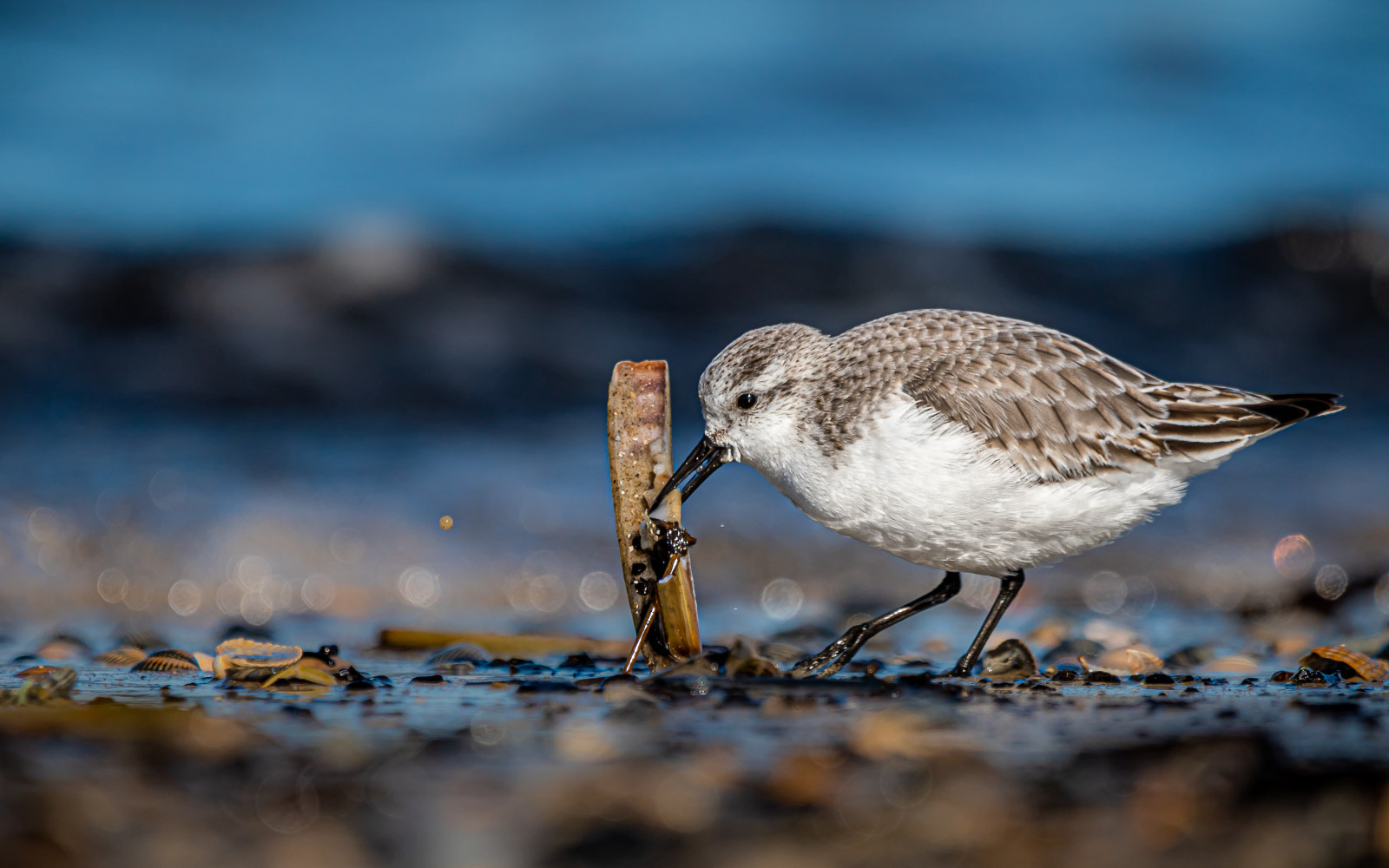Description
A visit to Spiekeroog can be very relaxing and exciting and the same time. The laid-back living-style on the island, where cars are forbidden and even bikes are scarse allows for great stress relief in the vast expanses of marshes, wadden areas or in the scenic village, while huge flocks of Fugaci de țărm , Fluierar cu picioare roșii and many other waders allow for stunning flight spectacles. There are huge breeding colonies of Lopătar, Pescăruș negricios and the songs of Ciocârlie fill the air, whereas in spring and autumn you may always hope for great seawatching and rare vagrants.
Details
Access
There is no airport, so one has to use the ferry to get there. You can find more info on ferries on the link below. There are no cars on the island and no bikes either, so you'll have to do everything by walking (however small, electrical lorries may take your baggage to your apartment)
Terrain and Habitat
Grassland , Plain , Scattered trees and bushes , Dunes , Sea , Beach , Mud flats , ReedbedsConditions
Hilly , Sandy , Open landscape , High water possible , FlatCircular trail
YesIs a telescope useful?
Can be usefulGood birding season
All year roundBest time to visit
Spring migration , Autumn migrationRoute
Paved road , Unpaved road , Wide path , Narrow trailDifficulty walking trail
Average walkAccessible by
Foot , WheelchairBirdwatching hide / platform
NoExtra info
Visiting the island is worthwile at every time of the year as awesome birds can be found throughout the year. Migration can be spectacular in spring and autumn with tens of thousands of Fugaci de țărm , Scoicar , Culic mare , Sitar de mal nordic , Călifar alb , different gulls feeding in the mudflats. Among them rarer waders such as Fugaci mic, Fugaci roșcat or Culic mic can be spotted with a bit of patience. The island is famous for being the only stronghold of Ciuf de câmp in Germany and some of the very last breeding German Erete vânăt.
Seawatching can be very worthwile especially in early May and late September, with good chances for all four Skua species and the occasional alcids or tubenose flying by. The grasslands in the eastern part of the island, where gulls , waders and Lopătar breed are closed off to the public during the breeding time.





.jpg)

